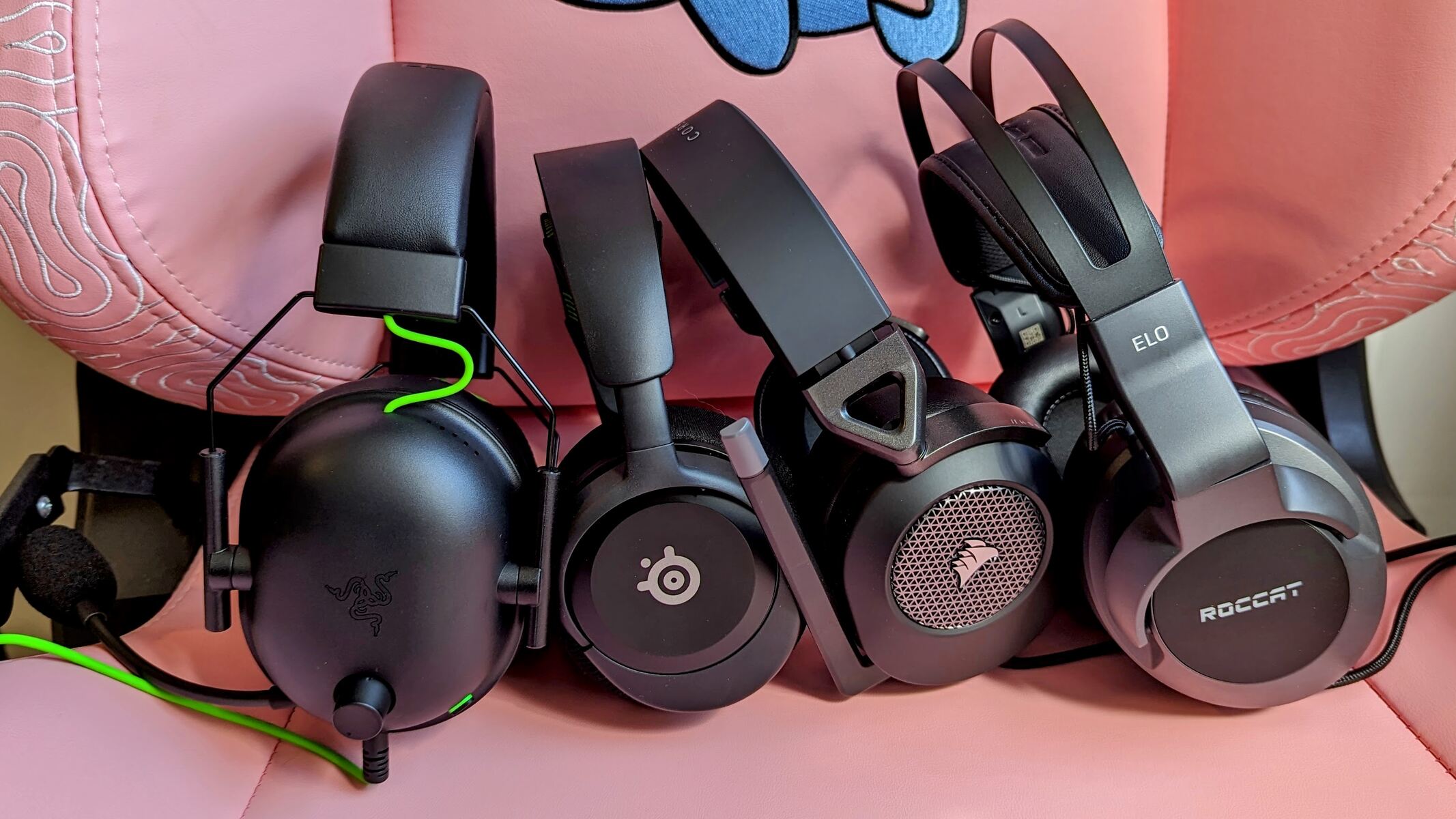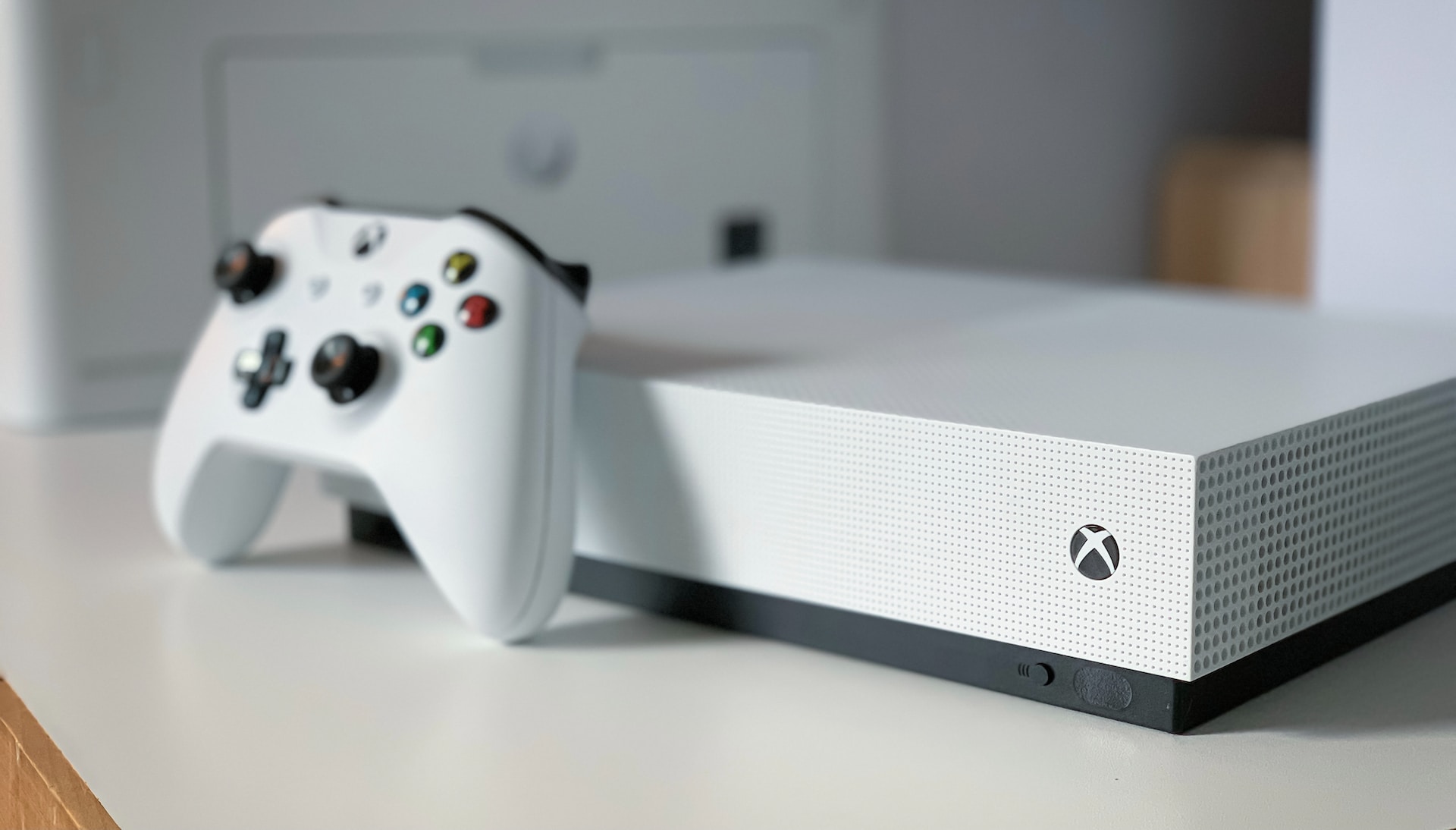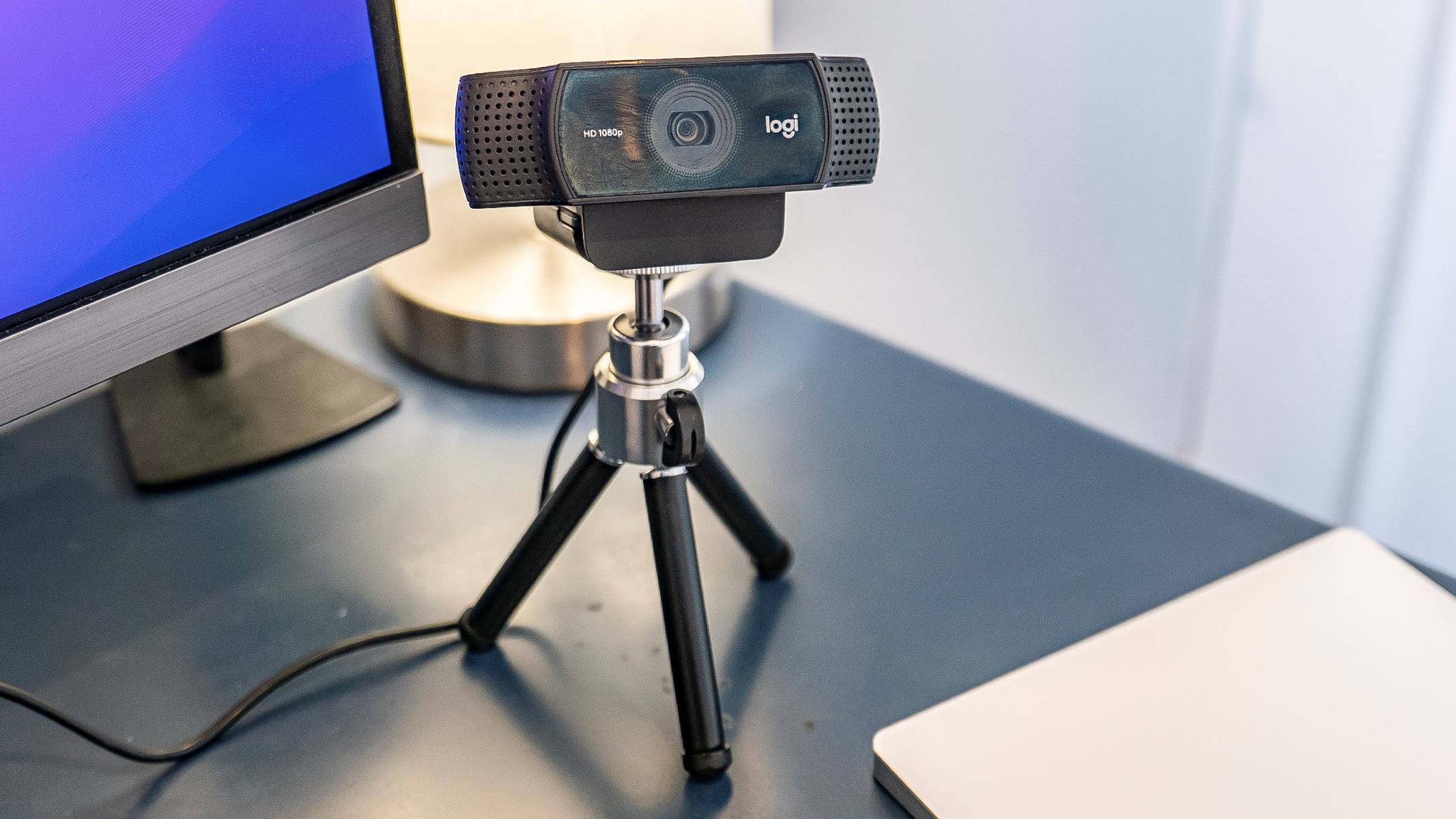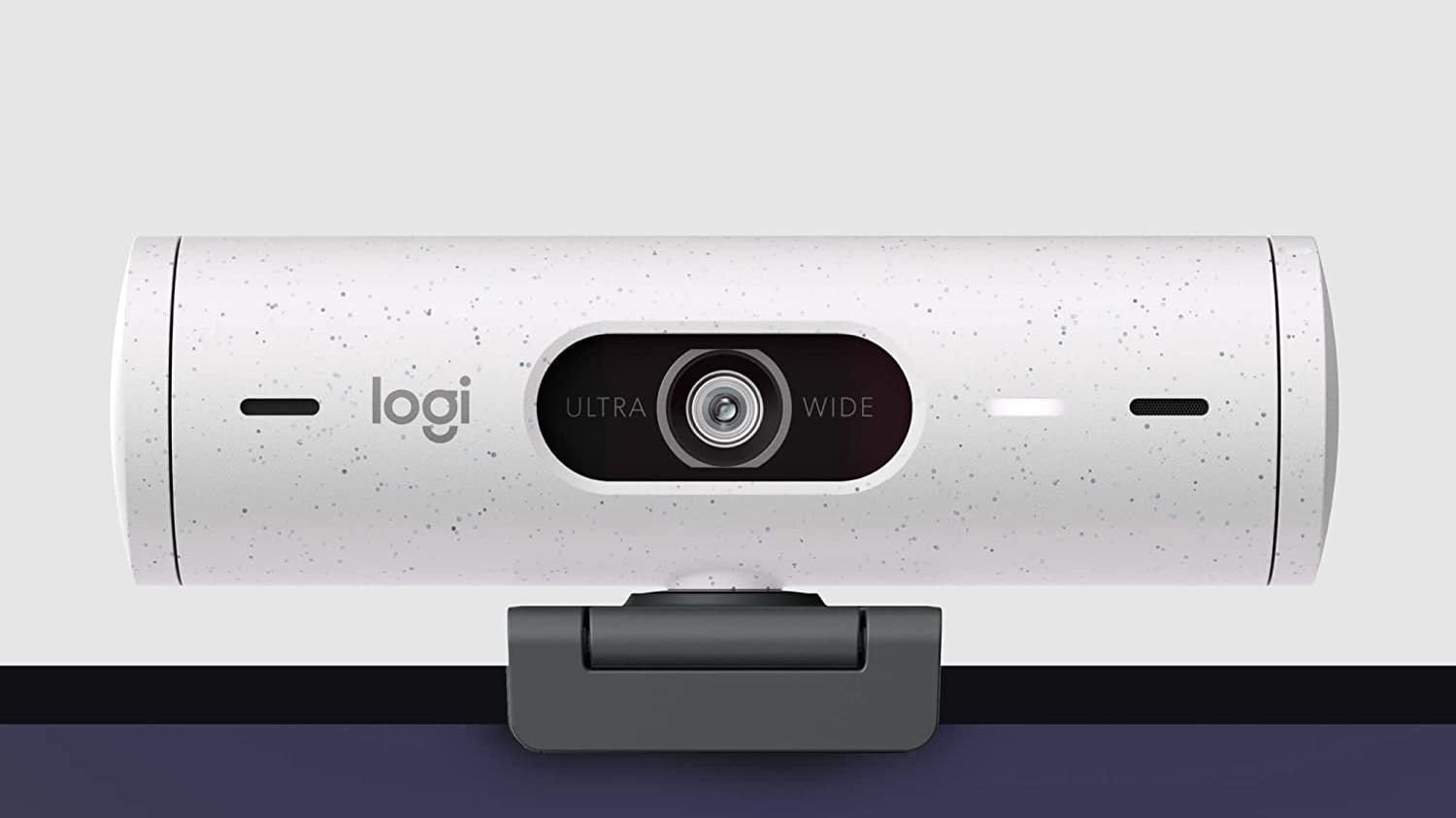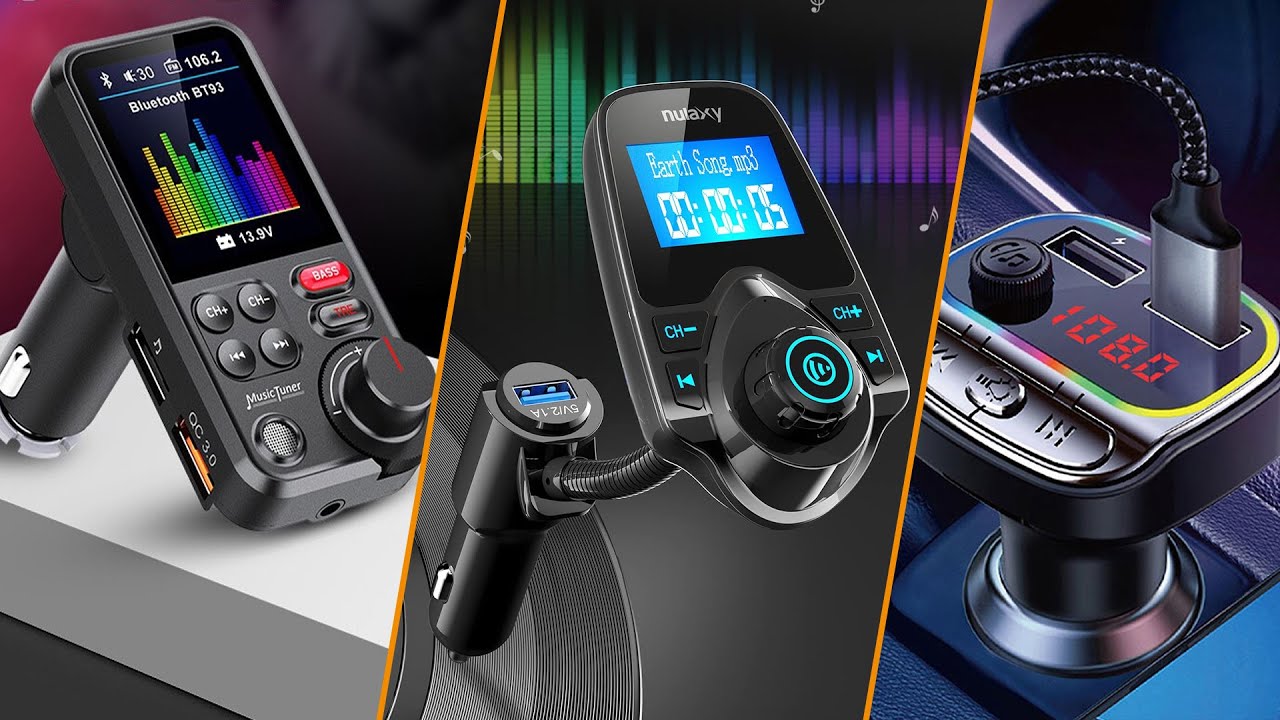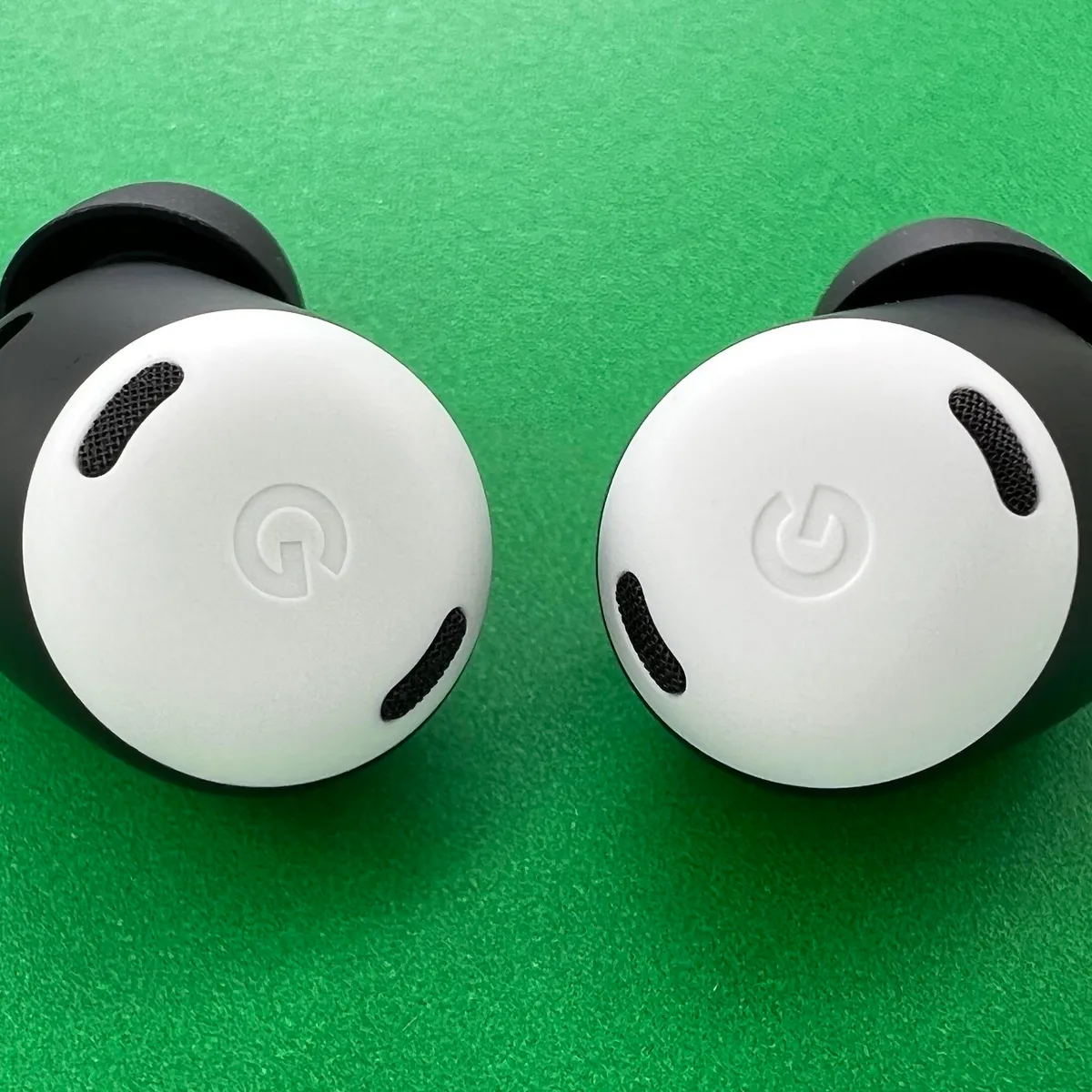Introduction
Understanding the World of Gaming Headsets
Gaming headsets are essential accessories for any avid gamer. They not only provide immersive audio experiences but also facilitate clear communication with fellow gamers during multiplayer sessions. However, off-the-shelf gaming headsets may not always meet the specific preferences or requirements of individual users. This is where the concept of "hacking" a gaming headset comes into play. Hacking, in this context, refers to the process of customizing and modifying a gaming headset to enhance its performance, comfort, or aesthetics.
In this comprehensive guide, we will delve into the art of hacking a gaming headset. From understanding the basic components of a gaming headset to disassembling, modifying, and reassembling it, we will cover every aspect of the process. Whether you are a seasoned gamer seeking to elevate your gaming experience or a tech enthusiast eager to explore DIY modifications, this guide is tailored to help you unleash the full potential of your gaming headset.
Throughout this journey, we will explore the intricate details of gaming headset construction, delve into the tools and materials required for the task, and provide step-by-step instructions for each phase of the hacking process. By the end of this guide, you will not only have a deeper understanding of how gaming headsets work but also possess the knowledge and skills to personalize and optimize your headset according to your preferences.
So, gear up and get ready to embark on an exciting adventure into the realm of gaming headset hacking. Whether you aim to enhance the sound quality, customize the appearance, or tweak the microphone for crystal-clear communication, this guide will equip you with the expertise to transform your gaming headset into a personalized masterpiece. Let's dive into the world of gaming headset hacking and unlock its full potential.
Understanding the Gaming Headset
Before embarking on the journey of hacking a gaming headset, it is crucial to comprehend the fundamental components and functionalities of these devices. A gaming headset typically consists of a pair of headphones integrated with a microphone, designed to deliver high-quality audio output and enable seamless communication during gaming sessions. These headsets are engineered to provide immersive soundscapes, allowing gamers to accurately perceive in-game audio cues and communicate effectively with teammates or opponents.
The audio quality of a gaming headset is a pivotal factor that significantly impacts the overall gaming experience. Many gaming headsets boast advanced audio technologies, such as surround sound and noise cancellation, to create an immersive and distraction-free auditory environment. Furthermore, the integration of a high-quality microphone enables clear voice transmission, essential for coordinating strategies and engaging in multiplayer interactions.
Comfort is another critical aspect of gaming headsets. Gamers often spend extended periods wearing their headsets during intense gaming sessions. Therefore, the design of the headband, ear cups, and overall weight distribution plays a crucial role in ensuring long-term comfort and minimizing fatigue.
Understanding the technical specifications of a gaming headset, such as impedance, frequency response, and driver size, empowers users to make informed decisions when customizing or upgrading their headsets. Additionally, being familiar with the wiring and internal layout of the headset is essential for successful modification and reassembly.
By gaining a comprehensive understanding of the intricacies of gaming headsets, enthusiasts can identify potential areas for improvement or customization. Whether it involves enhancing the audio output, optimizing the microphone for clearer voice capture, or personalizing the physical appearance of the headset, a solid comprehension of the headset’s core functionalities forms the foundation for successful hacking endeavors.
Now that we have established a foundational understanding of gaming headsets, we are ready to delve into the next phase of our journey: choosing the right tools for the hacking process.
Choosing the Right Tools
Embarking on the journey of hacking a gaming headset requires the selection of appropriate tools and materials to ensure a smooth and successful modification process. Before diving into the disassembly and customization, it is essential to gather the necessary equipment to facilitate the intricate tasks involved in headset hacking.
1. Precision Screwdriver Set: A precision screwdriver set is indispensable for removing the screws that secure the outer casing and internal components of the gaming headset. It is essential to use screwdrivers with appropriately sized heads to avoid damaging the screws or the headset components.
2. Pliers and Tweezers: Pliers and tweezers aid in handling small components and delicate wiring during the disassembly and reassembly processes. They provide the dexterity required to manipulate intricate parts without causing damage.
3. Soldering Iron and Solder: For advanced modifications involving electrical components or wiring adjustments, a soldering iron and solder are essential tools. These enable precise alterations to the headset’s internal circuitry and connections.
4. Replacement Components: Depending on the desired modifications, replacement components such as upgraded speakers, microphone capsules, or custom-designed ear cushions may be required. Ensuring the availability of these components before initiating the hacking process is crucial.
5. Adhesive and Insulation Materials: When customizing the physical appearance or internal components of the headset, adhesive materials and insulation may be necessary. These include double-sided adhesive tape, heat shrink tubing, and foam padding to secure components and prevent electrical interference.
6. Cleaning Supplies: Keeping the workspace and headset components clean is essential. Microfiber cloths, electronic contact cleaner, and compressed air can help maintain the hygiene and functionality of the headset during and after the modification process.
7. Workspace and Lighting: A well-lit and organized workspace is crucial for precision work. Adequate lighting and a clutter-free environment contribute to a smooth and efficient hacking process.
By assembling the appropriate tools and materials, enthusiasts can set the stage for a successful gaming headset hacking endeavor. The next phase of our journey involves the meticulous process of disassembling the headset to gain access to its internal components.
Disassembling the Headset
Disassembling a gaming headset is a delicate yet crucial phase in the hacking process, as it grants access to the internal components that are ripe for modification and customization. Before initiating the disassembly, it is imperative to refer to the headset’s user manual or online guides to understand its specific construction and disassembly procedures.
Step 1: Removing the Ear Cushions and Padding
Begin by carefully removing the ear cushions and padding from the headset. This often involves gently prying the cushions away from the ear cups, taking care not to damage the cushioning or the attachment mechanism.
Step 2: Unscrewing the Casing
Using the appropriate precision screwdriver, carefully unscrew the outer casing of the headset. It is essential to keep track of the removed screws and organize them meticulously to ensure they can be reinstalled correctly during the reassembly phase.
Step 3: Detaching the Headband and Adjustment Mechanism
If the headset features an adjustable headband, carefully detach it from the ear cups, taking note of the positioning and attachment points. This step may vary depending on the specific design of the headset.
Step 4: Accessing the Internal Components
Once the outer casing and non-essential components are removed, the internal circuitry, drivers, and microphone assembly become accessible. It is crucial to handle these components with care to avoid damage or disconnection of delicate wiring.
Step 5: Documenting the Disassembly Process
Throughout the disassembly process, it is beneficial to document each step, especially if the headset comprises numerous small components and intricate wiring. Photographs or detailed notes can serve as valuable references during the reassembly phase.
By meticulously following the disassembly procedures and exercising caution when handling the headset’s components, enthusiasts can successfully access the internal architecture of the headset, setting the stage for the subsequent phases of hacking, including component identification and modification.
With the headset disassembled and the internal components exposed, the next phase involves identifying and understanding the functionalities of the individual components, laying the groundwork for informed modifications and upgrades.
Identifying the Components
Upon disassembling the gaming headset, it is essential to identify and understand the functionalities of its individual components. This phase serves as a crucial foundation for planning and executing modifications tailored to enhance the headset’s audio performance, microphone clarity, or physical attributes.
1. Drivers and Speaker Units: The drivers and speaker units are the core components responsible for producing sound. Identifying the type and specifications of the drivers, such as their impedance, frequency response, and size, provides insights into the headset’s audio capabilities and potential upgrade options.
2. Microphone Assembly: Understanding the microphone assembly, including its type, positioning, and electrical characteristics, is essential for modifying the microphone’s sensitivity, noise cancellation, or positioning to optimize voice capture during gaming communication.
3. Wiring and Circuitry: The internal wiring and circuitry of the headset play a pivotal role in audio transmission and signal processing. Identifying the wiring layout and circuit board connections is crucial for advanced modifications involving circuit alterations or signal processing enhancements.
4. Ear Cups and Cushioning: The physical comfort and acoustics of the headset are heavily influenced by the design and materials of the ear cups and cushioning. Identifying the type of cushioning and its attachment mechanism enables enthusiasts to explore custom cushioning options or acoustic enhancements.
5. Control Buttons and Connectivity Ports: Many gaming headsets feature control buttons for volume adjustment, microphone muting, and connectivity ports for auxiliary input or charging. Understanding the functionality and placement of these controls is essential for preserving or enhancing the headset’s user interface.
6. Structural Components and Housings: The structural components, including the headband, adjustment mechanisms, and outer casings, contribute to the headset’s durability and comfort. Identifying the materials and attachment methods aids in planning cosmetic modifications or structural enhancements.
By meticulously identifying and comprehending the functionalities of each component, enthusiasts gain a comprehensive understanding of the headset’s internal architecture, paving the way for informed and purposeful modifications. With this knowledge in hand, the next phase involves customizing and upgrading specific components to elevate the headset’s performance and aesthetics.
Modifying the Microphone
The microphone of a gaming headset is a critical component that directly impacts communication clarity during gaming sessions. Modifying the microphone to enhance its sensitivity, noise cancellation, or positioning can significantly improve the overall gaming experience. Before initiating any modifications, it is essential to carefully assess the existing microphone assembly and plan the desired enhancements.
1. Adjusting Microphone Sensitivity: Depending on the specific gaming environment and user preferences, adjusting the microphone’s sensitivity can optimize voice capture. This modification involves altering the microphone’s electrical characteristics or integrating additional signal processing to achieve the desired sensitivity level.
2. Implementing Noise Cancellation: To mitigate background noise and ensure clear voice transmission, integrating noise cancellation technology into the microphone assembly can be a valuable modification. This may involve incorporating noise-canceling microphones or enhancing the existing microphone’s noise reduction capabilities.
3. Positioning and Directionality: Optimizing the microphone’s positioning and directionality is crucial for capturing clear and unobstructed voice input. Modifying the microphone’s physical placement within the headset or integrating adjustable boom arms can enhance voice capture and minimize ambient interference.
4. Upgrading Microphone Capsules: Upgrading the microphone capsules to higher-quality components can elevate the overall voice clarity and fidelity. This modification involves replacing the existing microphone capsules with premium-grade counterparts designed for enhanced audio capture.
5. Integrating Pop Filters and Windshields: To further improve voice clarity and reduce plosive sounds and wind noise, integrating pop filters and windshields into the microphone assembly can be a valuable modification. These accessories effectively filter out unwanted sounds, resulting in clearer voice transmission.
6. Testing and Calibration: After implementing the microphone modifications, thorough testing and calibration are essential to ensure that the enhancements meet the desired objectives. This involves assessing voice clarity, noise reduction, and overall microphone performance in various gaming scenarios.
By carefully planning and executing modifications to the microphone assembly, enthusiasts can tailor the headset’s voice capture capabilities to align with their specific gaming and communication requirements. With the microphone enhancements in place, the focus shifts to upgrading the headset’s speakers to achieve superior audio output and immersion.
Upgrading the Speakers
The speakers of a gaming headset are pivotal in delivering immersive audio experiences, making their upgrade a significant aspect of headset hacking. Enhancing the speakers’ performance and audio quality can elevate the overall gaming experience, providing crisp, detailed soundscapes and accurate auditory cues. Before embarking on speaker upgrades, it is essential to evaluate the existing speaker units and plan the desired enhancements.
1. Selecting High-Fidelity Speaker Units: Upgrading the headset with high-fidelity speaker units can significantly enhance audio reproduction, delivering clearer highs, detailed mids, and impactful lows. Selecting speakers with superior frequency response and impedance characteristics is crucial for achieving an immersive audio experience.
2. Implementing Surround Sound Technology: Integrating surround sound technology into the headset’s speaker units can expand the spatial audio capabilities, enabling gamers to accurately perceive directional cues and immerse themselves in the gaming environment. This modification involves incorporating multiple drivers or advanced signal processing for spatial audio reproduction.
3. Enhancing Bass Response: For gamers who prioritize deep, resonant bass in their audio experience, enhancing the headset’s bass response through speaker upgrades can be a valuable modification. This may involve selecting speakers optimized for low-frequency reproduction or integrating bass enhancement technologies.
4. Fine-Tuning Frequency Response: Adjusting the frequency response of the speaker units to align with specific gaming genres or audio preferences can be achieved through modifications to the speaker diaphragms or the integration of equalization technologies. Fine-tuning the frequency response ensures an optimized audio experience tailored to individual preferences.
5. Upgrading Amplification and Signal Processing: Enhancing the amplification and signal processing capabilities of the headset can significantly impact audio clarity and dynamics. Upgrading the headset’s internal amplifiers and integrating advanced signal processing technologies can result in improved audio fidelity and detail.
6. Testing and Audio Calibration: Following the speaker upgrades, comprehensive testing and audio calibration are essential to assess the enhancements and ensure that the audio output meets the desired objectives. This involves evaluating the sound quality, spatial imaging, and frequency response across various gaming scenarios.
By carefully planning and executing speaker upgrades, enthusiasts can transform their gaming headset into a high-performance audio device, delivering unparalleled sound quality and immersion. With the speaker enhancements in place, the next phase involves reassembling the headset and conducting thorough testing to evaluate the impact of the modifications on the gaming experience.
Reassembling the Headset
After completing the modifications and enhancements to the gaming headset, the reassembly phase is crucial to restore the device to its functional state while ensuring that the customizations are seamlessly integrated. Reassembling the headset involves meticulous attention to detail and adherence to the disassembly process in reverse order, ensuring that all components are securely and correctly reinstated.
Organizing Components and Fasteners: Before commencing the reassembly, it is essential to organize the disassembled components, screws, and fasteners to facilitate a systematic and efficient reassembly process. Ensuring that each component is readily accessible and identifiable streamlines the reconstruction of the headset.
Following Disassembly Documentation: Referring to any documentation or notes created during the disassembly phase is invaluable during reassembly. Detailed documentation or photographs can serve as a guide, ensuring that each component is positioned and connected correctly.
Securing Internal Components: Carefully securing the internal components, such as the speaker units, microphone assembly, and wiring, is crucial to prevent potential damage or functionality issues. Ensuring that the components are properly seated and connected according to the headset’s original configuration is essential.
Reattaching Outer Casings and Padding: Reattaching the outer casings and padding, including the ear cushions and headband padding, requires attention to detail and precision. Ensuring that the attachment mechanisms are correctly aligned and engaged preserves the comfort and aesthetics of the headset.
Verifying Functionality and Fit: Throughout the reassembly process, periodically verifying the functionality and fit of the components is essential. This involves testing the adjustment mechanisms, control buttons, and connectivity ports to ensure that they operate smoothly and reliably.
Testing Audio and Microphone Performance: Upon completing the reassembly, thorough testing of the headset’s audio output and microphone performance is necessary. This includes evaluating the sound quality, spatial imaging, microphone sensitivity, and noise cancellation to verify the successful integration of the modifications.
By meticulously reassembling the headset and conducting comprehensive functionality tests, enthusiasts can ensure that the custom modifications are seamlessly integrated, resulting in a fully functional gaming headset tailored to their specific preferences and performance requirements. The final phase of our hacking journey involves thorough testing of the modified headset to evaluate the impact of the enhancements on the gaming experience.
Testing the Modifications
After completing the reassembly of the gaming headset, thorough testing of the modifications is essential to evaluate the impact of the enhancements on the overall gaming experience. Testing involves assessing the audio quality, microphone performance, and comfort aspects to ensure that the customizations have successfully elevated the headset’s functionality and user satisfaction.
Audio Quality Assessment: Testing the audio output of the modified headset involves evaluating the sound quality, frequency response, spatial imaging, and overall immersion. This assessment includes listening to various audio sources, such as music, movies, and gaming soundscapes, to gauge the improvements in audio fidelity and detail.
Microphone Performance Evaluation: Conducting tests to assess the microphone’s performance is crucial to determine the effectiveness of the modifications. This evaluation involves recording voice samples, testing microphone sensitivity, and assessing noise cancellation capabilities in different environmental conditions to ensure clear and accurate voice transmission.
Comfort and Ergonomics Testing: Verifying the comfort and ergonomics of the modified headset is essential for prolonged gaming sessions. This testing includes wearing the headset for extended periods to assess comfort, weight distribution, and the impact of any physical modifications on the overall user experience.
Functional Testing of Controls and Connectivity: Ensuring that the control buttons, adjustment mechanisms, and connectivity ports operate as intended is a critical aspect of the testing phase. This involves testing volume adjustments, microphone muting, and connectivity stability to verify the seamless integration of the modifications.
Gaming Experience Simulation: Immersing in gaming scenarios that encompass various genres and audio environments provides valuable insights into the impact of the modifications on the overall gaming experience. This simulation involves experiencing gameplay that highlights spatial audio, dynamic soundscapes, and communication clarity to assess the headset’s performance in real gaming scenarios.
Feedback Collection and Iterative Refinement: Gathering feedback from the testing phase allows for iterative refinement of the modifications. User feedback, including subjective audio preferences, microphone performance, and comfort assessments, serves as a valuable guide for fine-tuning the customizations to align with individual preferences.
By conducting comprehensive testing of the modified headset, enthusiasts can ascertain the effectiveness of the custom enhancements and refine the modifications to achieve an optimal gaming experience. The insights gathered from the testing phase contribute to the iterative refinement of the modifications, ensuring that the headset meets the user’s specific preferences and performance expectations.







